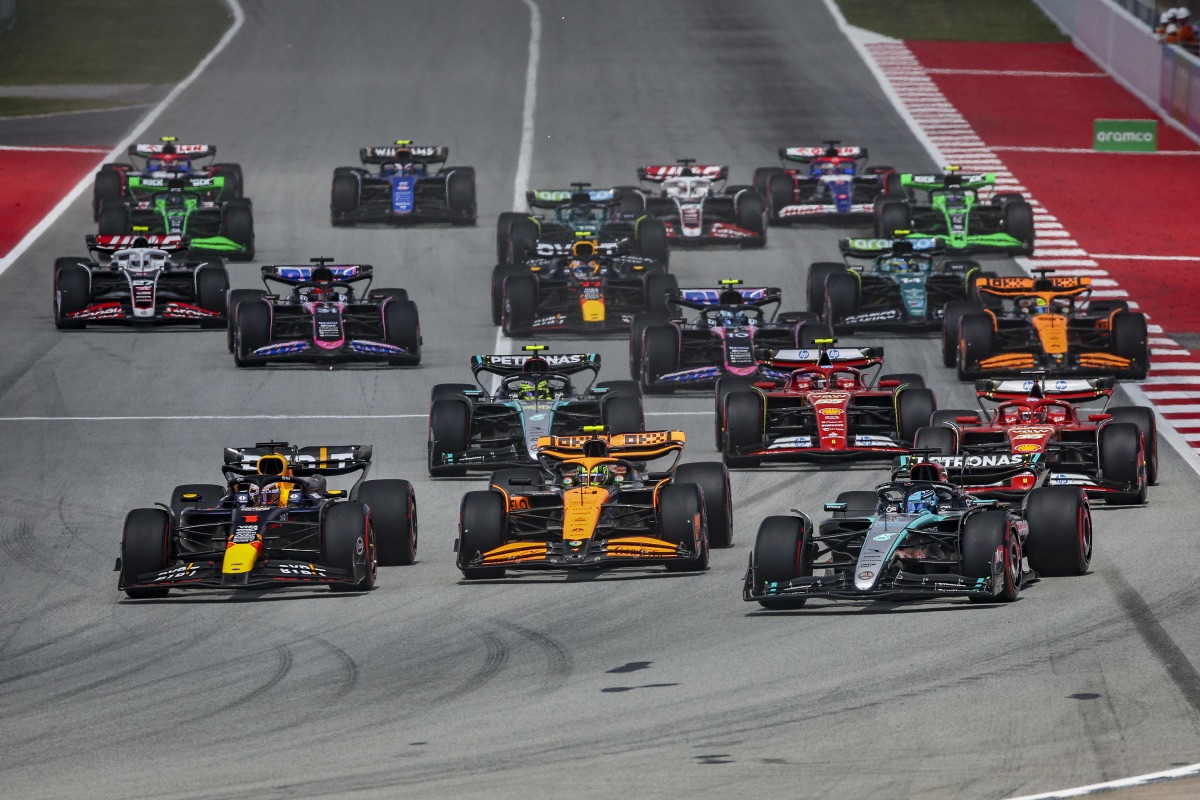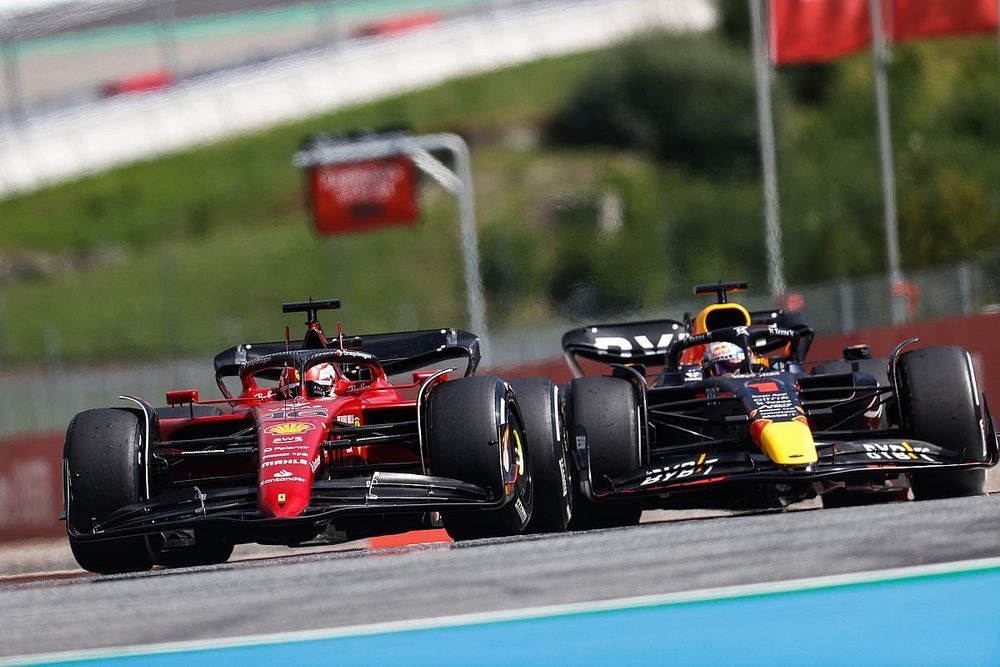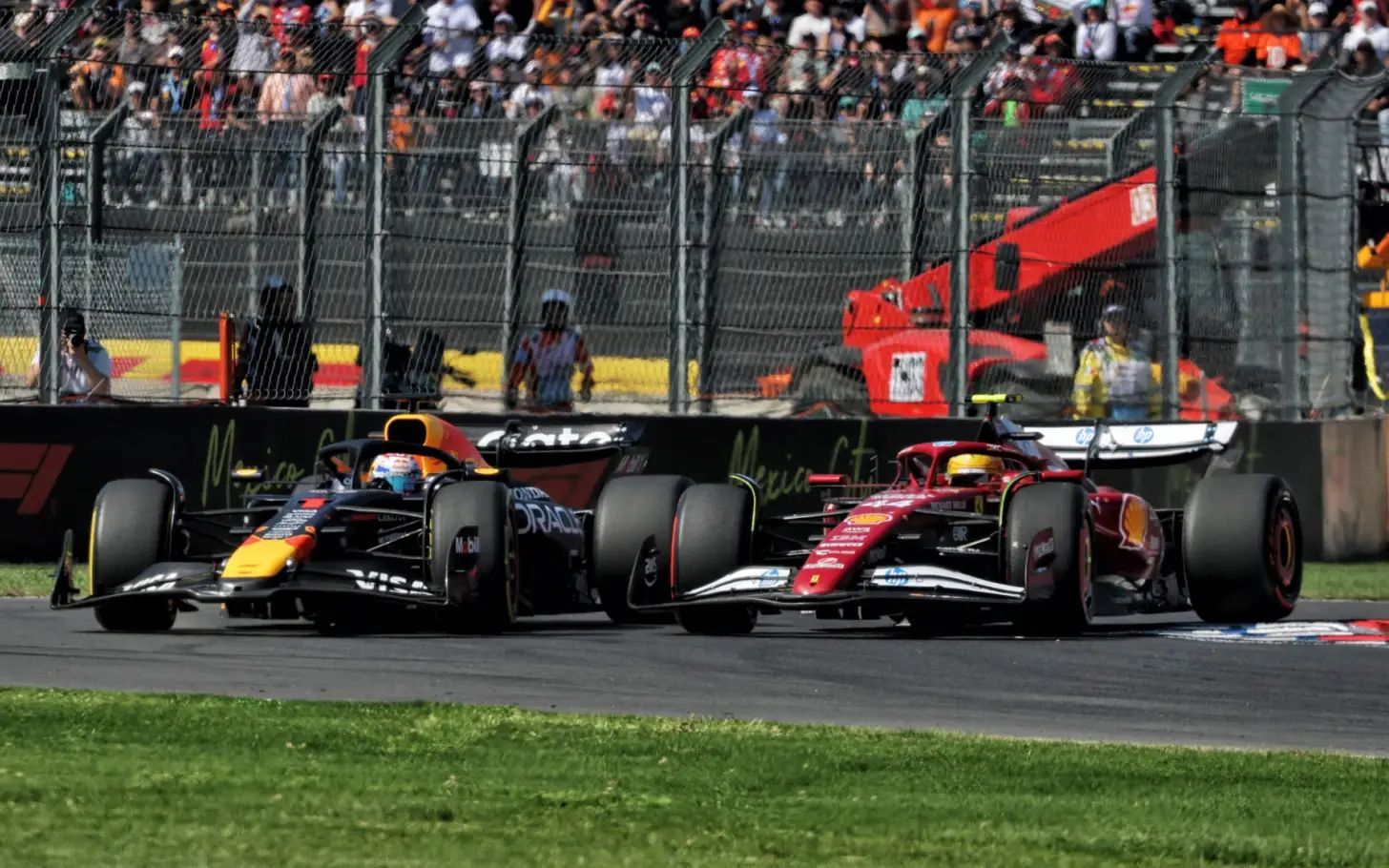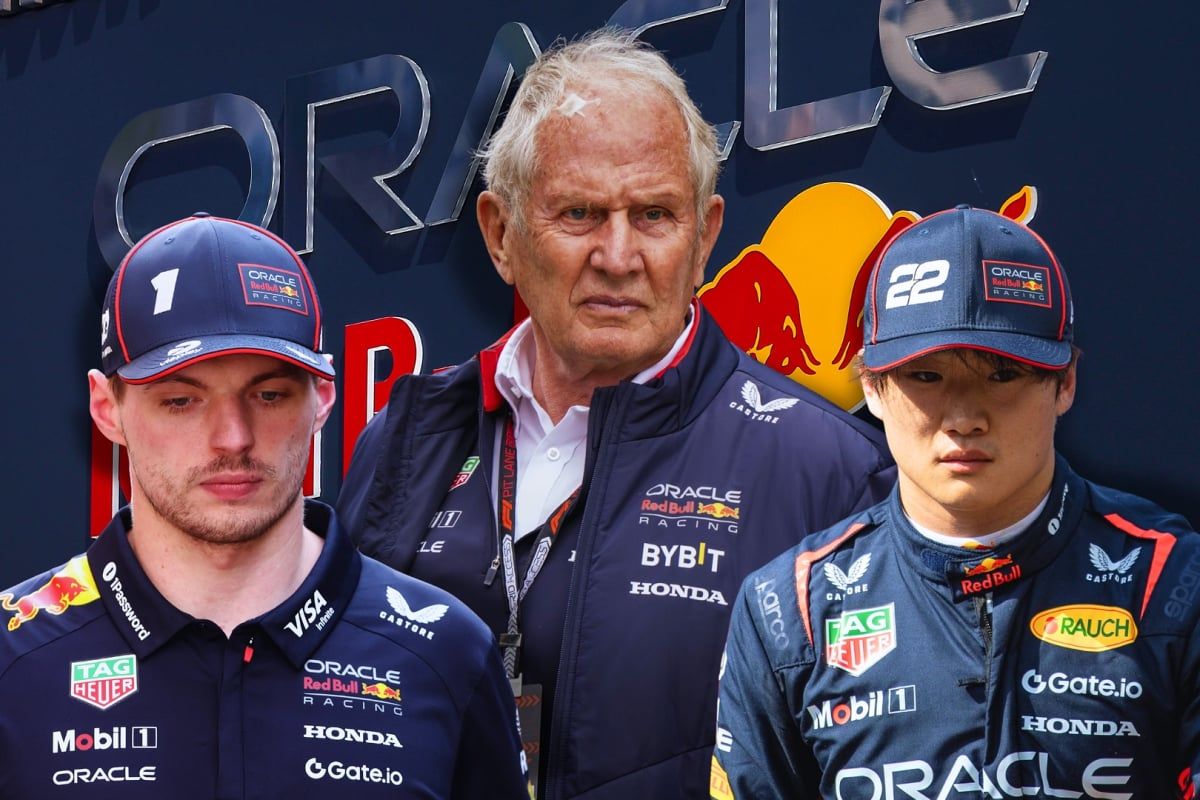Chaos at Belgian Grand Prix as Safety Car causes…read more
The Belgian Grand Prix burst into life with McLaren at the heart of the early storyline, even though the race itself took its time to truly get going. Torrential rain and the kind of dense spray that makes Spa-Francorchamps infamous forced officials to hold the field for roughly an hour before any meaningful laps could be turned. When the action finally resumed, it did so cautiously: the opening four tours of the circuit were conducted under the watchful control of the Safety Car, with the entire grid circulating at reduced speed while everyone waited for visibility and grip levels to improve enough to permit real racing.
Once the Safety Car peeled away and the drivers were finally allowed to push, it was Oscar Piastri who seized the initiative. Starting alongside his teammate, the Australian reacted immediately as green-flag conditions arrived, launching an assertive move on Lando Norris even before they arrived at the Les Combes chicane. It was a bold but clean overtake, the kind of decisive maneuver that can reshape the complexion of a damp, confidence-sensitive race like Spa. Having muscled his way past, Piastri wasted no time in trying to break the elastic to his teammate, rapidly stretching the interval as the lap count ticked past four and into the fifth.
Norris, meanwhile, found himself dealing with more than just the treacherous track. He radioed in that his car was suffering from a battery-related problem, a complication that neatly explained why he was unable to respond to Piastri’s initial surge. In modern Formula 1 machinery, energy deployment is critical—especially in the wet, where traction phases out of slower corners and the punch down the straights can make or break an overtake or a defensive stand. With his system not delivering as intended, Norris was effectively driving with one hand tied behind his back at exactly the moment his teammate was turning up the wick. That fault gifted Piastri the breathing room to consolidate the newly acquired lead.
All of this unfolded against the backdrop of a field still feeling out the circuit. After so many laps spent behind the Safety Car, temperature management—both in the tires and the brakes—was a delicate balancing act. Drivers had to judge the grip corner by corner, gauging how much confidence they could afford to carry through Spa’s sweeping high-speed sections and heavier braking zones. The McLaren duo, separated by team colors but united in their ambition, quickly became the litmus test for where the limit really was.
The start under Safety Car conditions also shaped the opening stint’s strategic complexion. With no standing start and no immediate wheel-to-wheel scrum into La Source and up through Eau Rouge, the usual first-lap chaos was neutralized, at least initially. Instead, the drama arrived a few laps later, distilled into a single key move and a technical gremlin that split the orange cars on pace. Piastri’s assertiveness contrasted with Norris’s frustration, highlighting how, in wet-weather races, momentum can pivot in a blink—sometimes through driver bravery, other times thanks to the invisible hand of reliability.
The hour-long wait before the race meaningfully began also magnified the psychological challenge. Drivers had to stay mentally sharp, recalibrating their expectations repeatedly as the clock ticked and conditions ebbed and flowed. When the green finally came, those who adapted fastest were always likely to come out ahead. On this occasion, it was Piastri who read the moment perfectly, timing his attack on Norris without hesitation and then executing with clinical precision.
In short, McLaren supplied the headline moments at the start of a Belgian Grand Prix defined by rain, patience, and sudden swings of fortune. Piastri’s opportunistic pass and quick-fire escape at the front underscored his composure and speed in slippery conditions, while Norris’s reported battery problem offered a clear rationale for why the early intra-team balance shifted so decisively. The combination of an immediately deployed Safety Car, a prolonged formation of cautious laps, and the eventual unleashing of real pace created a narrative that was equal parts delayed gratification and instant payoff—especially for those watching the two papaya-colored cars diverge in performance the instant the track went green.




